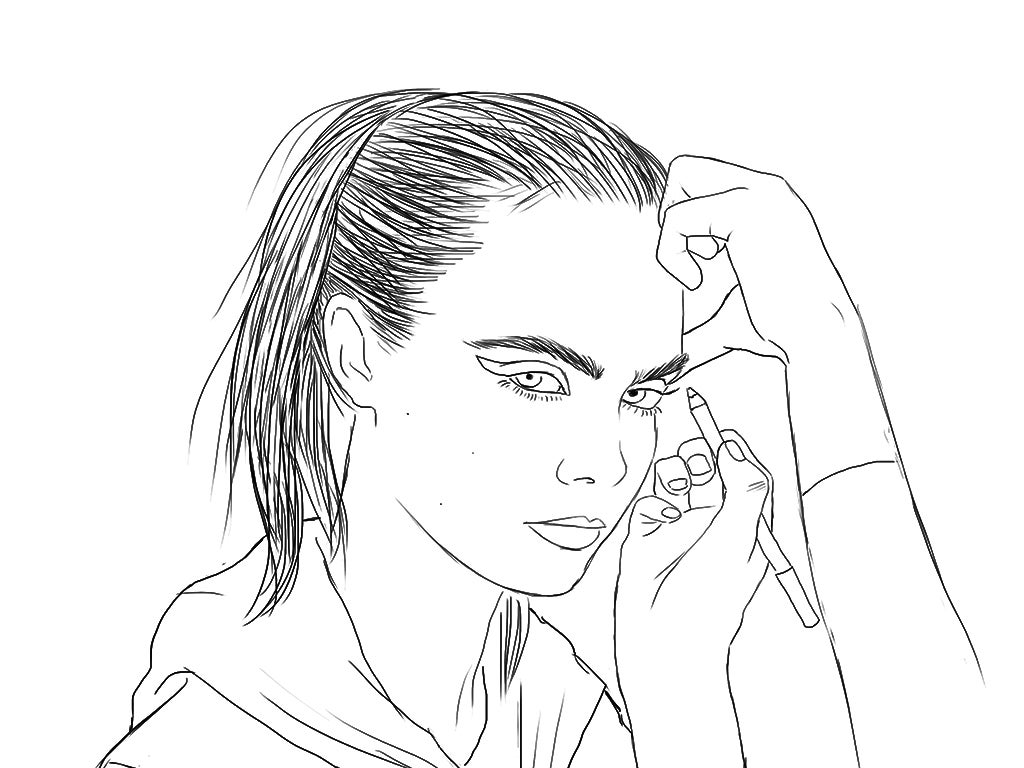Why do we have eyebrows? The social significance of our silent communicators
Your eyebrows reflect your inner mental and emotional landscape with amazing speed and specificity. They are involved not just in emotional expression, but also in emotion perception in social situations

Your face's social butterflies are more like a pair of busy, bouncing caterpillars. Occasionally, they might keep a little rain or sweat out of your eyes, but every moment, whether still or moving, observed or alone, your eyebrows reflect your inner mental and emotional landscape with amazing speed and specificity. They are silent dancers who speak volumes, display remarkable social instincts, and declare your identity, sex, age, and beauty.
Hard to miss, even from distances that might obscure the rest of the face, these two mobile and usually high-contrast patches of hair ride the skin above the ever-dynamic corrugator supercilii ("super silly eye") and related muscles of the brow and forehead. They literally highlight these muscles' incredible knack for transmuting the ephemera of mental events into the physical, the visible.
Confusion, disagreement, surprise, hostility, interest, effort, playfulness, and much more can be seen in the face through the elastic contortions and wild translations of the eyebrows. It may be obvious that they are crucial in emotional expressions - try to imagine a truly surprised or angry face with relaxed, neutral eyebrows. But in much more subtle ways, sometimes virtually invisible, moment by moment the contractions underlying the eyebrows can directly reveal your immediate evaluations and unspoken preferences. The corrugator, for instance, produces a quick, involuntary frown at the bridge of the nose in response to things you don't like.
More surprising still is that your eyebrows may be involved not just in emotional expression but in emotion perception. Without question, along with the rest of your face and body, your eyebrows may spontaneously mimic the people you interact with in social situations (even when these "social" events are reduced to images on a computer screen), in a kind of interpersonal resonance.
When this response is blocked, as when botox has knocked-out the eyebrow muscles, your ability to recognize people's emotions may be impaired, specifically for expressions involving the eyebrows. Chances are, just as with the mouth muscles for smiling, there is a feedback system from the eyebrows back to the brain, influencing thought and emotion in quite the opposite direction as you might think your emotions usually flow.
Scientists identify 21 different facial expressions
Show all 20The eyebrows are masters of nonverbal communication well beyond signals of emotions and attitudes, however. As you speak, like two semaphore flags they are busy gesturing - just as your hands do - contributing to the full meaning of your spoken words, modifying even the silences. They dance meaningfully on the listener's face, too - or remain ominously impassive, disinterested, disagreeable.
In sign language, they may rise to convert a statement into a question. Just as rising intonation marks a question in spoken language, and from a distance, the universal greeting of the eyebrow flash, a quick and mutual raising of the eyebrows, exists across cultures, sometimes elaborated into flirting or facial comedy.
Even motionless, your eyebrows are a crucial component of the recognisable structure of your particular face, perhaps more important than your eyes. To those seeing your face for the first time, they help signal your age and sex: the bushy-browed grandfather didn't have those fat caterpillars when he was six, and even au naturel women's eyebrows tend to be a little higher, thinner, and more arched than men's, just as women have less bulky brows beneath. As with sex differences in general, exaggerating these differences tends to enhance attractiveness, which is why women's eyebrows are mostly tweezed from below; but bushy brows on a woman's face could be a successful attention-getter, if you have the beauty (and chutzpah) to pull it off.
Javid Sadr, PhD, Assistant Professor, Department of Psychology, University of Lethbridge
Subscribe to Independent Premium to bookmark this article
Want to bookmark your favourite articles and stories to read or reference later? Start your Independent Premium subscription today.

Join our commenting forum
Join thought-provoking conversations, follow other Independent readers and see their replies